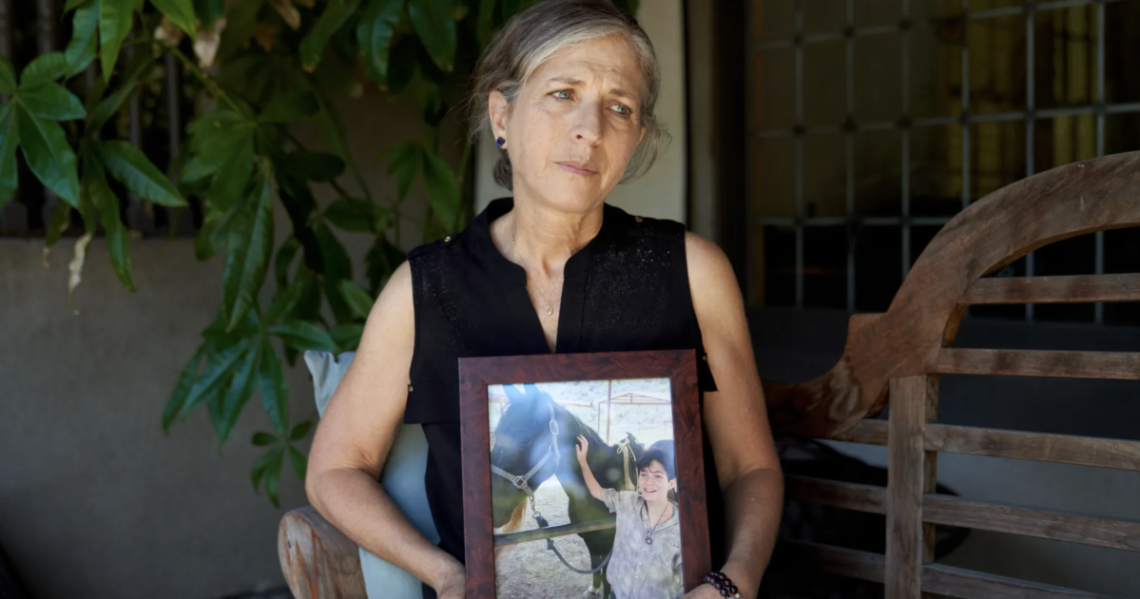When Deborah and Warren Blum’s 16-year-old died by suicide in November 2021, they went into shock. For two days, the grief-stricken Los Angeles couple didn’t sleep.
This story also ran on The Washington Post. It can be republished for free.But when it came time to write a death notice, Deborah Blum was clearheaded: In a heartfelt tribute to her smart, funny, popular child, who had recently come out as nonbinary, she was open and specific about the mental health struggles that led to Esther Iris’ death.
“Esther’s whole thing was that people should know and talk about mental health and it shouldn’t be a secret,” Deborah Blum told KFF Health News. “The least I could do was to be honest and tell people. I think being embarrassed just makes it worse.”
While it was once unheard-of to mention suicide as a cause of death in news obituaries and paid death notices, that has been changing, especially in the past 10 years, said Dan Reidenberg, a psychologist and managing director of The National Council for Suicide Prevention. High-profile suicides — such as those of comic actor Robin Williams in 2014, fashion designer Kate Spade in 2018, and dancer Stephen “tWitch” Boss in 2022 — have helped reduce the stigma surrounding suicide loss. So has advertising for depression and anxiety medications, which has helped normalize that mental illnesses are health conditions. The covid-19 pandemic also drew attention to the prevalence of mental health challenges.
“The stigma is changing,” Reidenberg said. “There is still some, but it’s less than it used to be, and that’s increasing people’s willingness to include it in an obituary.”
While there’s no right or wrong way to write death announcements, mental health and grief experts said the reluctance to acknowledge suicide has implications beyond the confines of a public…
Read the full article here







